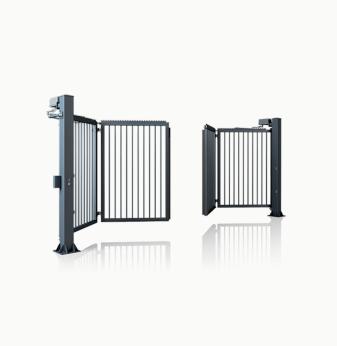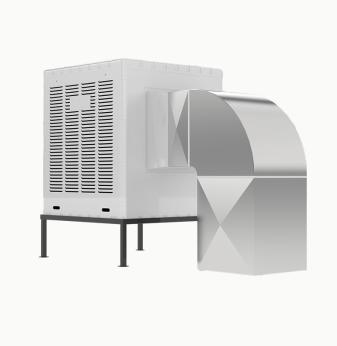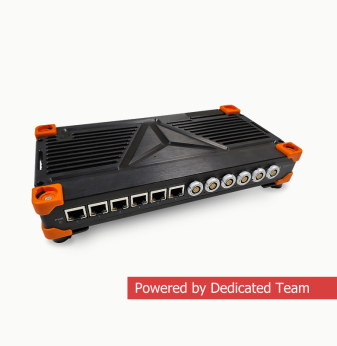Advanced HMI Design for Industrial Control Systems
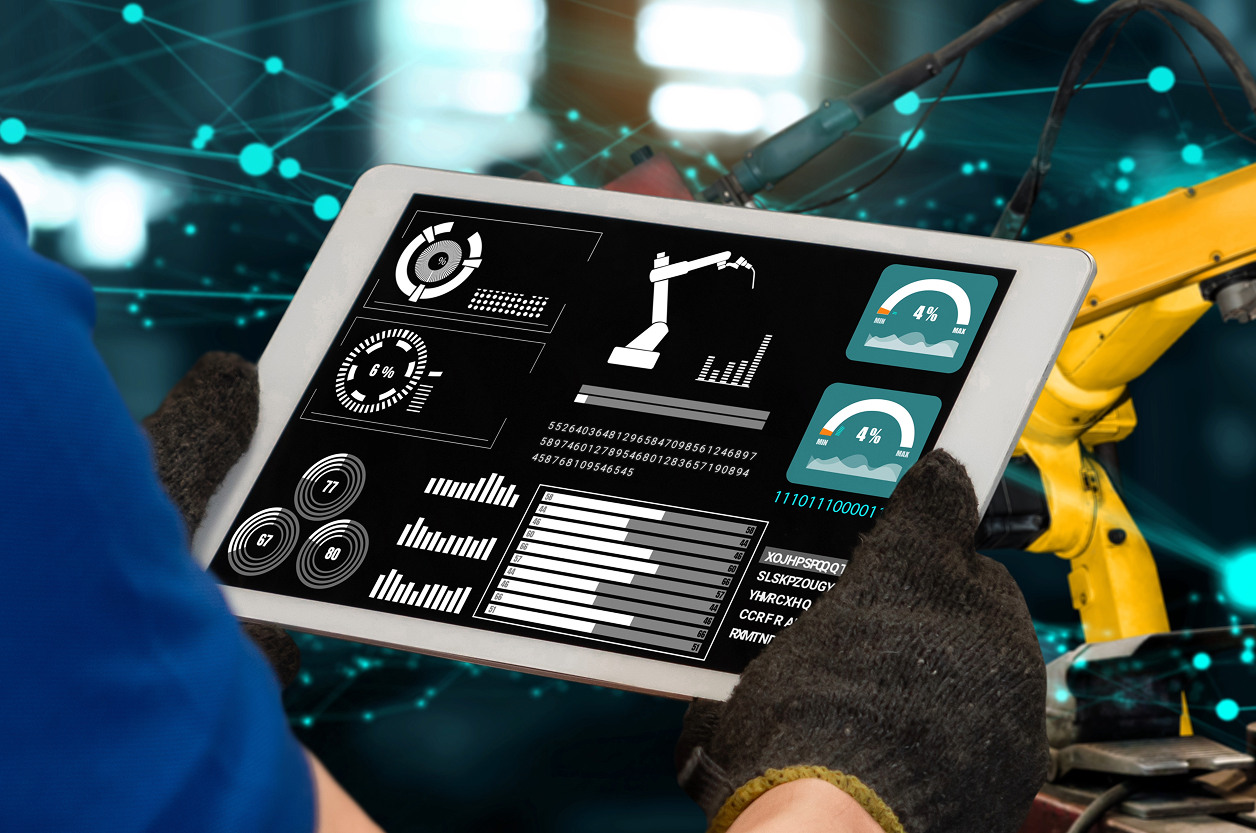
In today’s industrial world, the human-machine interface is more than just a digital control panel or a touchscreen with buttons. It is the bridge between human decision-making and the increasingly complex automated systems that power manufacturing plants, energy facilities, transportation networks, and countless other sectors. An effective HMI does not just display data; it helps operators understand, anticipate, and respond to changing conditions in real time. Poor design in this critical component can lead to inefficiency, human error, safety hazards, and costly downtime.
Over the last two decades, HMI design has evolved from simple indicator lights and monochrome displays to fully interactive, data-rich environments capable of integrating live analytics, predictive maintenance alerts, and AI-assisted recommendations. This evolution reflects the growing complexity of industrial processes and the need for operators to interact seamlessly with technology. Designing an advanced HMI is not about adding more features for the sake of technology—it is about delivering the right information, in the right way, at the right time.
Understanding the role of HMI in industrial operations begins with recognizing its unique challenges. Unlike consumer interfaces, which are often designed for quick engagement or entertainment, industrial HMIs must function under strict safety regulations, in environments that can be loud, hot, dusty, or hazardous. The operator may be wearing gloves, may be dealing with multiple simultaneous alerts, and may have only seconds to act. This means that clarity, speed, and reliability are the non-negotiable pillars of design.
Designing for clarity and hierarchy
An advanced HMI must ensure that the most important information is always the most visible. This is not simply a matter of putting big numbers in the center of the screen; it is about establishing a visual hierarchy that directs the operator’s attention exactly where it needs to be. In an emergency, an operator should be able to glance at the screen and immediately understand the problem and the necessary action.
Good design uses consistent color coding to communicate status—green for normal operation, yellow for warnings, red for critical alerts—paired with clear labeling and intuitive iconography. However, overuse of colors and indicators can create noise, diluting their impact. The best HMIs strike a balance: they remain visually calm during normal operation and become visually urgent only when intervention is required.
Industrial processes often involve hundreds of variables: temperatures, pressures, flow rates, voltages, and many more. An advanced HMI design must prioritize which of these are relevant to the operator’s current task and context. Context-aware displays that change based on operational mode—startup, normal operation, maintenance, shutdown—help reduce information overload.
Balancing simplicity with depth
One of the hardest design challenges in industrial HMIs is providing deep access to system data without overwhelming the user. Experienced operators may want to drill down into raw sensor readings, while a new operator might need only basic status indicators. Advanced HMIs solve this by layering information: the main screen provides essential data at a glance, while deeper layers, accessible through simple navigation, offer more detailed analytics and historical trends.
This approach mirrors the “progressive disclosure” concept used in other interface design fields, but in industrial contexts it must be adapted for speed and safety. For example, a maintenance technician diagnosing a problem can quickly move from an alarm screen to a live data feed from the relevant subsystem, without needing to navigate through unrelated menus.
Another key element is the ability to customize views. Operators in different roles—such as control room staff, field engineers, or maintenance crews—may need different perspectives on the same system. Allowing for role-based customization ensures that each user sees the most relevant data for their responsibilities.
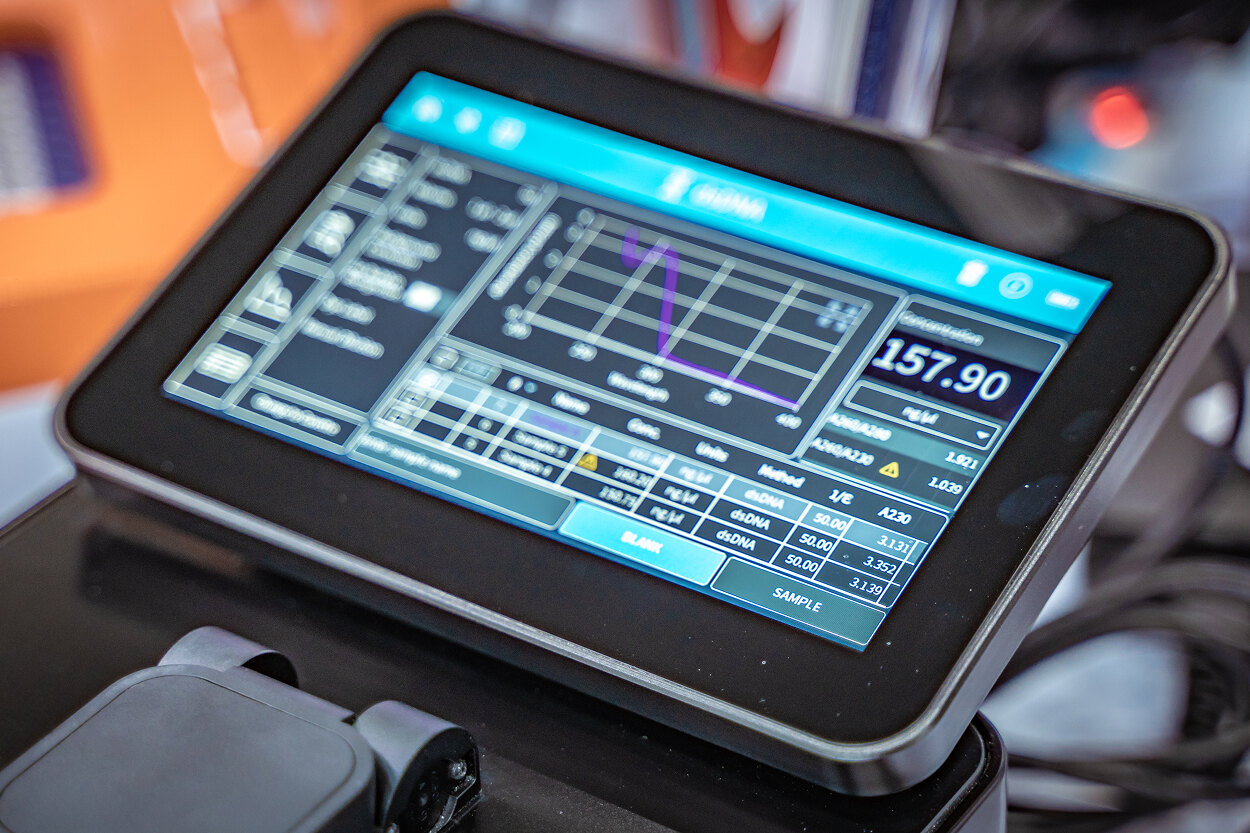
Adapting to modern interaction technologies
While touchscreens remain the dominant HMI interface, industrial systems are beginning to explore new modes of interaction, such as gesture control, voice commands, and wearable AR displays. These technologies promise greater flexibility, especially in situations where operators cannot be physically close to a control panel.
Gesture control, for example, can be useful in environments where physical contact with a screen is impractical or unhygienic. Voice commands can allow operators to execute actions without looking away from their work. Augmented reality can overlay live system data directly onto a machine, providing immediate context for diagnostics or maintenance.
However, adopting these technologies in industrial settings is not as simple as in consumer devices. Gesture recognition systems must function reliably even if the operator is wearing protective gear. Voice recognition must work in noisy environments. AR headsets must be comfortable for long shifts and able to operate in extreme temperatures. All of this requires careful integration, testing, and fallback options in case the new interaction mode fails.
Real-world applications of advanced HMI design
In large-scale manufacturing facilities, advanced HMIs help coordinate hundreds of machines across multiple production lines. A well-designed interface allows a single operator to monitor the health of the entire system while also providing the ability to zoom into the performance of a single machine. Predictive maintenance alerts, generated by analyzing sensor data, can appear on the HMI before a fault occurs, enabling planned intervention instead of unplanned downtime.
In the energy sector, control room operators rely on advanced HMIs to manage grids that span vast geographic areas. Here, the interface must balance real-time monitoring of voltage and frequency with long-term planning tools that forecast demand and production capacity. During emergencies, such as storms or equipment failures, the HMI becomes the central decision-making tool, guiding operators through complex response procedures.
Maritime transport systems use HMIs to integrate navigation, cargo handling, and safety monitoring into a unified platform. On a large container ship, for example, the captain can monitor engine performance, track fuel efficiency, and receive alerts about changing weather conditions—all within the same interface.
In hazardous industries like oil and gas, HMIs are designed to operate in explosion-proof enclosures and to provide rapid access to safety shutdown controls. These systems must be usable by operators wearing thick gloves and must remain functional even in low-light or high-noise conditions.
The future of industrial HMI design
The next generation of HMIs will be shaped by three major trends: greater integration with AI, increased use of edge computing, and the rise of context-aware design. AI integration will allow HMIs to not only display current conditions but also to recommend actions based on predictive models. This could help operators identify subtle patterns that indicate emerging problems, even before alarms are triggered.
Edge computing will bring more processing power directly to the devices, reducing latency and ensuring that even in the event of network disruptions, the HMI remains responsive. Context-aware HMIs will adapt their displays not only to the operational mode of the system but also to the skill level and preferences of the individual operator.
Cybersecurity will also play a growing role. As HMIs become more connected, they will need to incorporate secure authentication, encrypted communication, and real-time threat detection without compromising usability. The challenge will be to integrate these protections seamlessly into the interface so that they become part of the operator’s workflow rather than an obstacle.
Ultimately, the goal of advanced HMI design in industrial control systems is not to impress with flashy visuals or to adopt the latest consumer tech trends. It is to create a tool that empowers operators to make better decisions, faster, with greater confidence and safety. In an age where industrial downtime can cost millions per hour and safety incidents can have devastating consequences, getting HMI design right is not optional—it is mission-critical.
Our Case Studies

